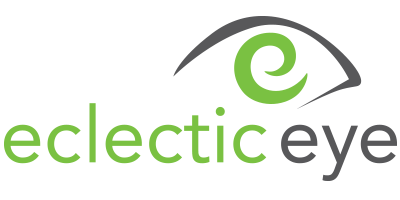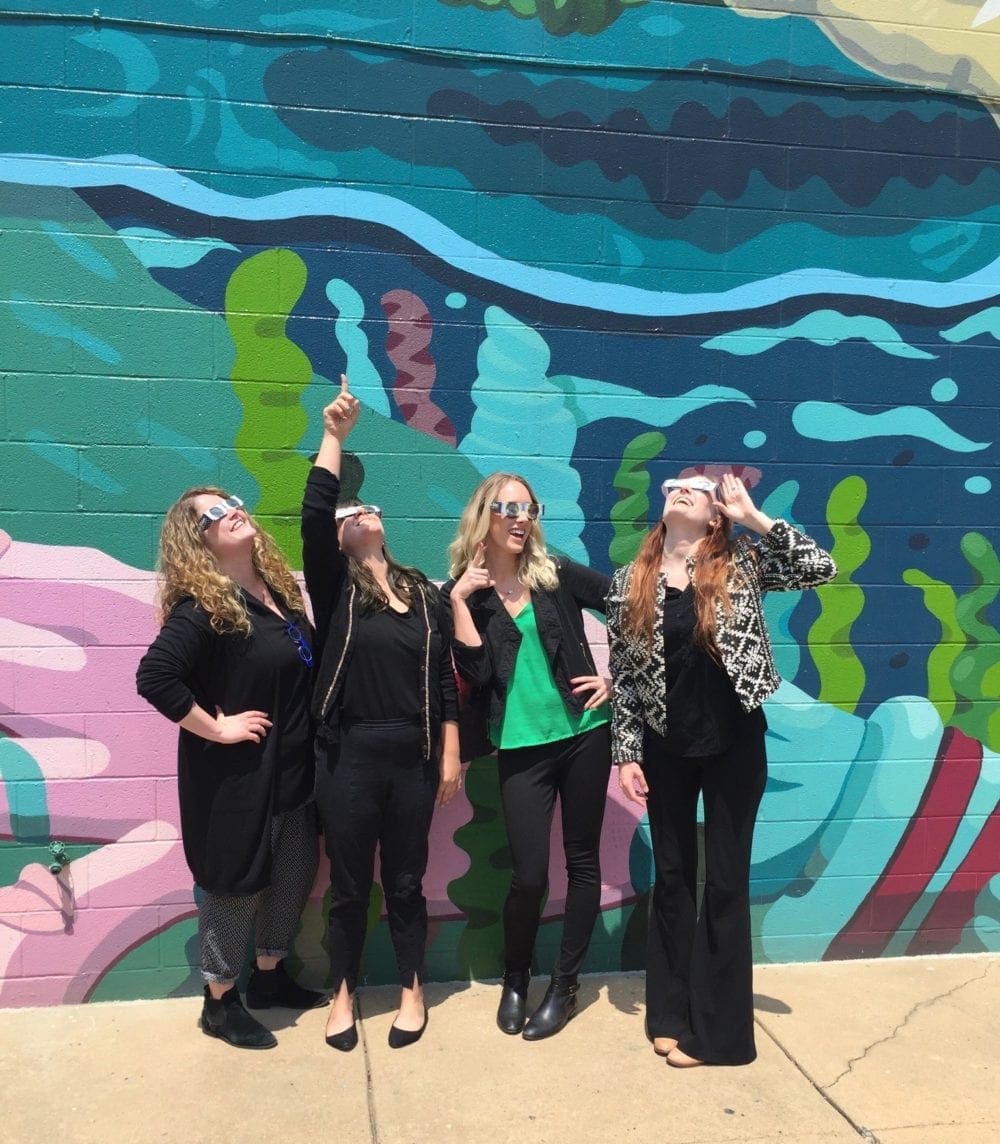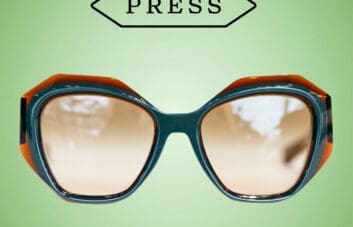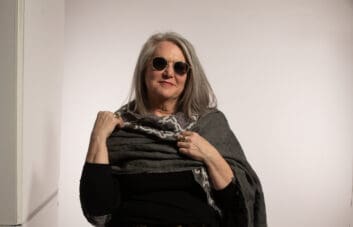With excitement building over the upcoming total eclipse of the sun, it’s important to remember some simple safety rules to practice during the big event.
Let us start by saying it’s never safe to look directly at the sun. Even when the sun is 94 percent blocked, as it will be in Memphis on August 21, the sun’s intense ultraviolet and infrared radiation is powerful enough to cause permanent retinal damage. Here’s the tricky part: You won’t feel the retina cooking because there are actually no pain receptors in the retina. For those who are in the direct path, roughly a 70-mile route that includes Nashville, there will be a brief period of less than one minute when the sun is completely eclipsed. During this exact moment, it should be safe to take off any protective filters. But, remember to use caution because even if a sliver of sun is showing, it can cause damage.
Although homemade eclipse glasses seem easy enough (and fun) to make, we urge caution for any DIY-ers who decide to take on the project. No sunglasses, no matter how dark or polarized, are safe for this. Doubling or tripling layers of sunglasses will also not offer enough protection. The dilation glasses we hand out will not help either. The best options include multiple layers of fully exposed and developed black and white film (not color, not x-ray) that contains silver. Welding glasses in shade 12-14 are also adequate. The easiest and most effective way to ensure complete retina protection is to get special eclipse glasses. NASA has a list of approved suppliers and our very own Memphis company, American Paper Optics is at the top of the list.
Be wary of the counterfeit eclipse glasses that have flooded the market. They may look the same, and even have the ISO 12312-2 safety label, but they will cause damage.
Indirect viewing is probably the safest way to view the eclipse. The easiest way to make this possible is with the use of the classic pinhole camera. With just two sheets of stiff paper, anyone can project the image of the sun safely. Poke a small hole in one sheet and hold it between the sun and the second sheet, and the sun’s image will be safely projected on the second sheet. Others will use telescopes or binoculars to project the image on a sheet of paper. Click here for some simple instructions to make your own pinhole camera.
Do you have additional questions about eye health and safety practices? Contact us or stop by!




